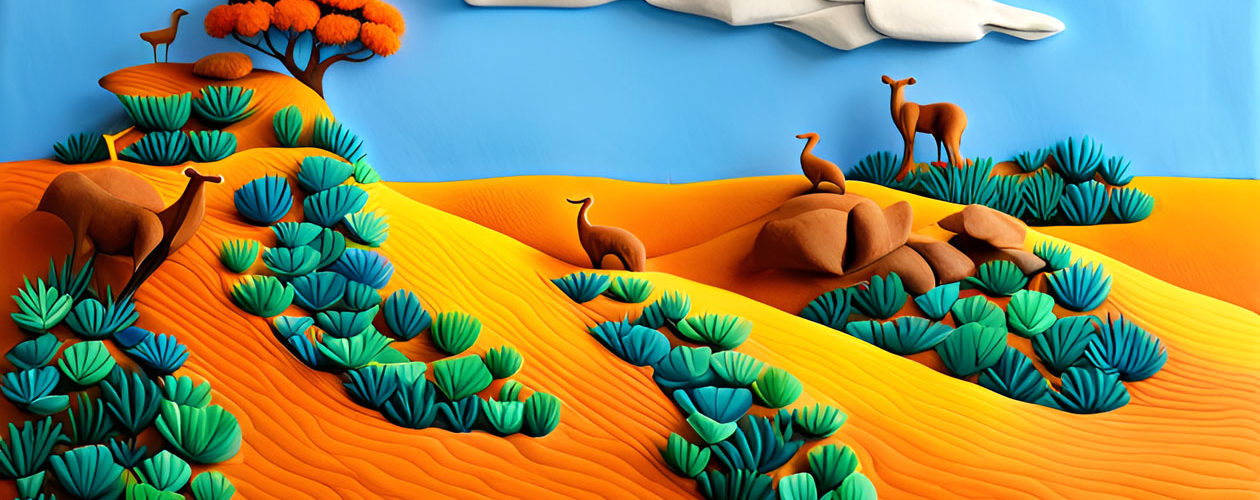Protecting Australia’s Unique Wildlife: The Importance of Habitat Preservation

Australia, the “Land Down Under,” is renowned for its unique and diverse wildlife. Home to more than a million species, many of which are found nowhere else in the world, Australia’s ecosystems are a living spectacle of nature’s wonder. However, as noted by Earth.org our unique wildlife is rapidly disappearing, largely due to human activities and other threats.
Our native wildlife represents an essential part of our cultural identity and heritage, and it plays a significant role in our environment’s overall health. Therefore, wildlife conservation is of paramount importance for maintaining biodiversity and ensuring the long-term survival of our ecosystems. This article will provide an overview of the threats to Australian wildlife and explore the significance of habitat preservation, while highlighting some successful efforts in this area and suggesting ways that you, our mates, can chip in.
Threats to Australian Wildlife
Our unique fauna faces numerous threats, some of which are more obvious than others. The key threats include habitat loss and fragmentation, climate change, invasive species, and various human activities. Let’s break these down a bit further, shall we?
First off, habitat loss and fragmentation are perhaps the most severe threats to Australian wildlife. This can happen when land is cleared for agriculture or urbanisation, leading to a reduction in the space available for wildlife to thrive. Then, there’s climate change. Our animals are especially vulnerable to alterations in temperature and weather patterns. Take the devastating 2019-2020 bushfires, for example, which gravely impacted Australia’s unique wildlife.
Invasive species are another major issue. Introduced animals, like feral cats and foxes, pose a massive threat to our native wildlife, often outcompeting them for resources or preying on them. Lastly, human activities such as hunting, pollution, and irresponsible tourism also contribute to the decline of wildlife populations.
The Importance of Habitat Preservation
If we are to effectively counter these threats and promote wildlife management, we need to understand the importance of habitat preservation. Habitats are like the homes of our wildlife. They provide shelter, food, and breeding grounds necessary for their survival. When these habitats are intact, wildlife populations can thrive and maintain their diversity.
Preserving habitats isn’t just about the animals, though. Habitat preservation provides significant benefits for us humans too, in the form of ecosystem services. These include carbon storage, water filtration, and pollination, among others, all of which contribute to our wellbeing and prosperity. Not to mention, intact ecosystems are often beautiful places that offer recreational opportunities and a sense of connection with nature. That’s what makes ecosystem restoration such a worthwhile endeavour, not only for our wildlife but for our communities too.
Examples of Successful Habitat Preservation Efforts in Australia
Aussies have long been aware of the importance of conservation, and there are many examples of successful habitat preservation efforts across the country. Let’s shine a light on a few of these, eh?
Firstly, there’s the Great Barrier Reef Marine Park. Recognised as one of the world’s most complex and diverse ecosystems, the Great Barrier Reef is home to thousands of marine species. Despite facing significant threats, ongoing conservation efforts within the marine park help protect this unique ecosystem.
Next, let’s head over to the Kakadu National Park in the Northern Territory. Known for its breathtaking landscapes and rich biodiversity, Kakadu is a fantastic example of effective habitat preservation. The park is jointly managed by its traditional Aboriginal owners and the Director of National Parks, demonstrating how effective cooperation can yield positive results for conservation.
Finally, there’s the Tasmanian Wilderness World Heritage Area, an expansive region that covers nearly 20% of Tasmania. Its diverse habitats support a wide range of endemic species. Despite various challenges, preservation efforts here have helped to safeguard this incredible region, ensuring it remains a haven for wildlife.
How Individuals Can Help Protect Wildlife Habitats
Now, you might be wondering, “How can I help?” Well, mate, there’s plenty you can do! From reducing your carbon footprint to supporting conservation organisations and practising responsible tourism, every bit helps.
Reducing your carbon footprint is one of the most effective ways to help combat climate change, a major threat to our wildlife. This can be achieved through energy-efficient practices, like using renewable energy sources, limiting vehicle use, or even planting native trees in your backyard.
Supporting conservation organisations, whether through donations, volunteering, or simply spreading the word about their work, can make a significant difference. These organisations are often at the front lines of conservation efforts, and your support can help them in their mission to protect our unique wildlife and their habitats. A good place to start is the World Wildlife Fund’s page on protecting Australia’s wildlife and habitats.
And let’s not forget about responsible tourism. As locals and visitors, we can make a difference by respecting the natural environments we visit, avoiding areas where our presence may disturb wildlife, and supporting eco-tourism initiatives. Remember, leave nothing but footprints and take nothing but photos!
Conclusion
As we’ve seen throughout this yarn, the preservation of habitats is crucial for protecting Australia’s unique wildlife. Without their habitats, our remarkable creatures are at risk of decline, and this could have profound implications for the health of our ecosystems and for our own wellbeing.
It’s important to recognise that we each have a part to play in wildlife conservation. Whether it’s by reducing our carbon footprint, supporting conservation organisations, or practising responsible tourism, our collective efforts can contribute significantly towards the preservation of habitats and the protection of our wildlife. And let’s not forget, our actions today will shape the Australia we pass on to future generations.
So, why not start today? Whether it’s planting a native tree in your backyard, making a donation to a conservation organisation, or planning a trip that respects our wildlife and their habitats, each action counts. As we’ve mentioned earlier, the future of Australia’s unique wildlife is in our hands. Let’s work together to ensure they continue to call Australia home for generations to come.

